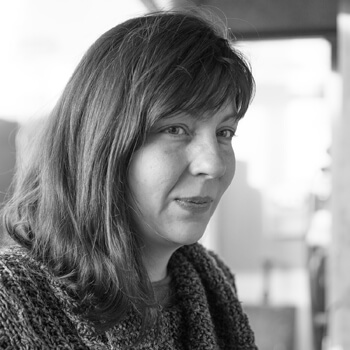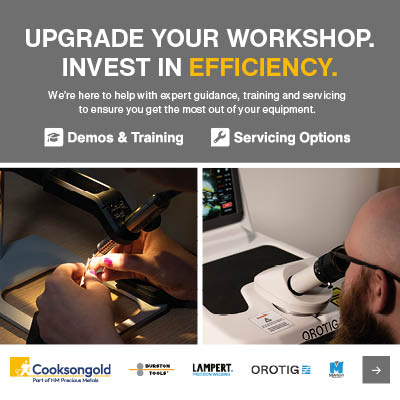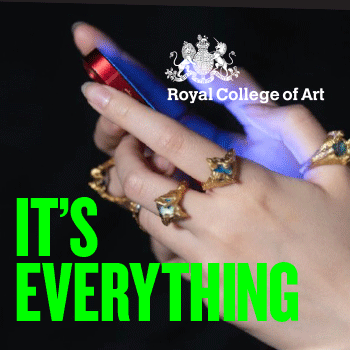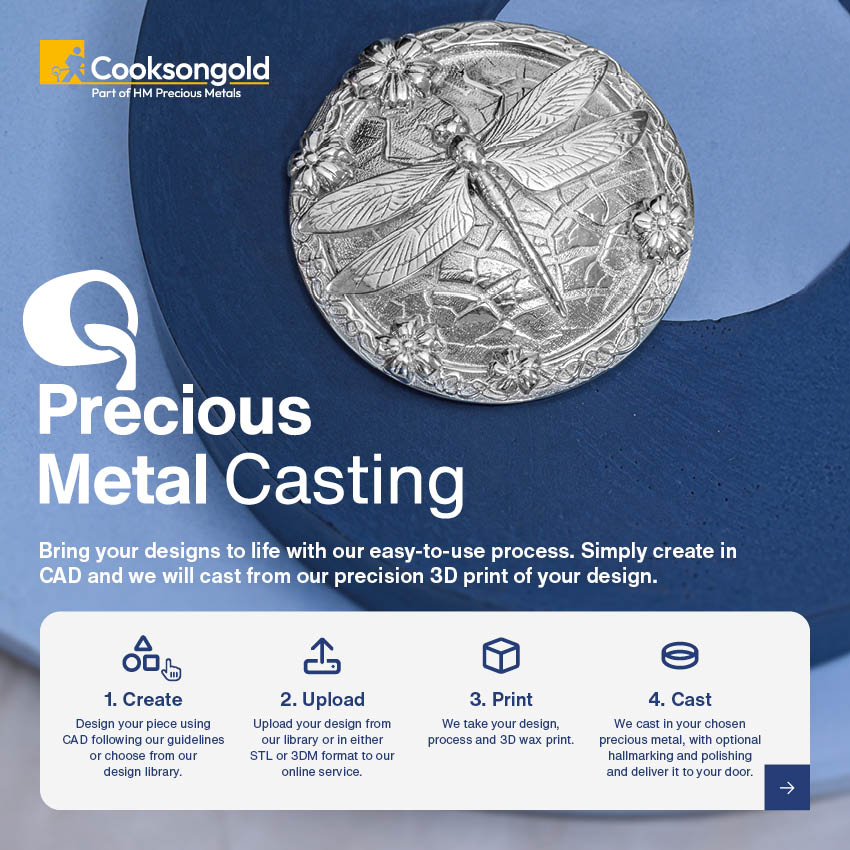Review: 'Digital meets Handmade' at Fashion Institute of Technology,
New York
'Digital Meets Handmade' New York Symposium Review
Reading Time:
1 min {{readingTime}} mins
PhD researcher Karen-Ann Dicken writes a review for Benchpeg of the recent symposium held at the Fashion Institute of Technology, New York - Digital meets Handmade.
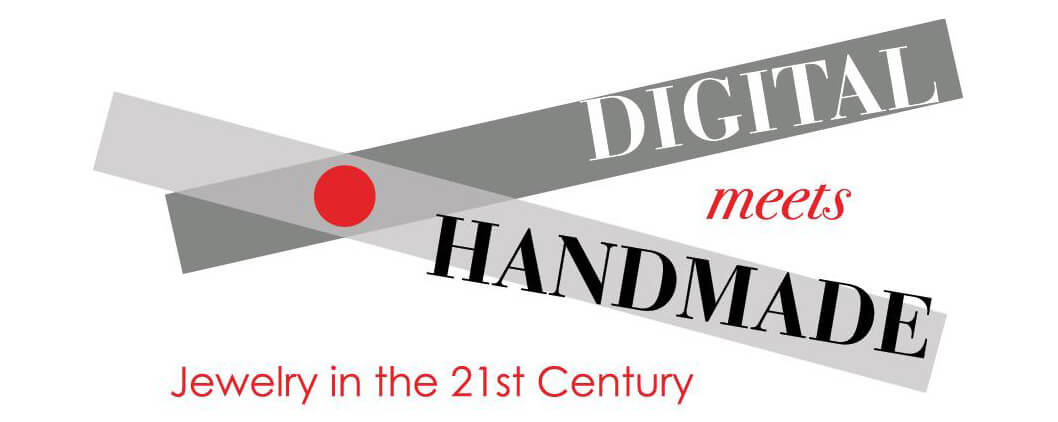
In May this year I was fortunate enough to attend the ‘Digital meets Handmade’ - Jewellery of the 21st Century symposium at the Fashion Institute of Technology (FIT) in New York. Professor Wendy Yothers of FIT organised the event in conjunction with Alba Cappellieri from Politecnico di Milano. This three day symposium was a brilliant collection of researches, speakers and industry specialists. All with the linked theme of what the world of jewellery looks like now we have entered the 4th industrial revolution. Themes such as how modern technologies are being introduced into education, how 3D printing is being used in industry were both very strong. The event stimulated a large amount of discussion amongst the participant’s and speakers as to the directions the industry is taking in response to new technologies.
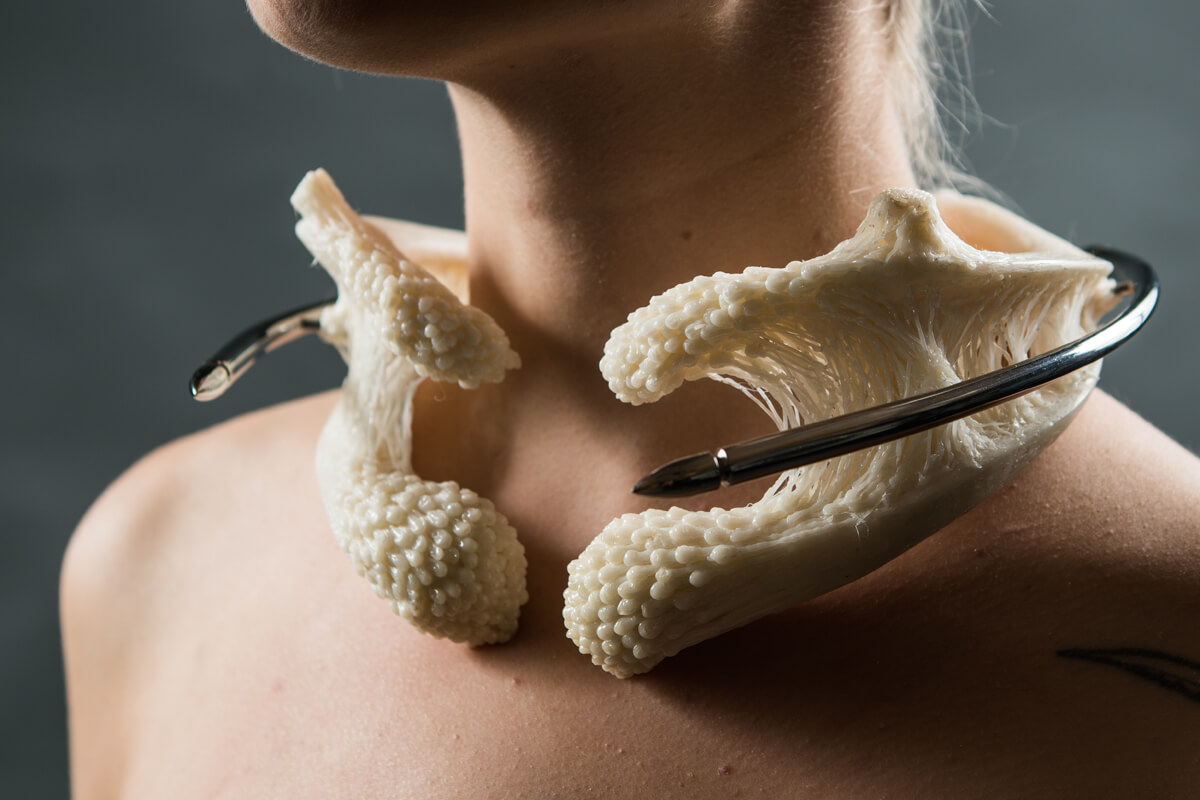
Caitlin Skelcey, 2017, Acromial Fixation, ABS plastic, stainless steel 4”x 10” x 11”
Amongst the speakers was a talk by Caitlin Skelcey. Her work is inspired by the experiences and problems she had growing up with medical issues in her spine which resulted in surgery. Her work reflects the aesthetics, materials and processes involved with this procedure. The jewellery combines the use of 3D printing with metals and the use of a 3D printing pen. In past examples of the use of the 3D printing pen, many seem to reflect its use and invention as more of a gimmick than for the use of jewellery manufacture. Caitlin combines this in her work in a really innovative and impressive way to join 3D printed elements together. The 3D printing and 3D pen blend really well to create very organic bone like forms that flow between the solid 3D prints and more fluid hand drawn elements. The pieces also combine steel bars and screws to connect the pieces together.
Annika Pettersson delivered - Glitch in the copy: Digital Technology/ Noise. Her research and presentation was a particularly fresh approach. She was looking at the ‘digital noise’ or the details lost when an object is 3D scanned. She started with a traditional Victorian brooch and 3D scanned it. She then 3D printed this to show a loss of quality not only in the material but detail in stone and claw settings. She then 3D scanned the 3D print a second time, which had even less detail. She repeated this process at least ten times to produce a set of brooches which lost quality and detail from the one printed before and morphed into a much more organic form by the final model. This process highlighted how 3D scanning, rather than provide an exact representation of an object, actually leans towards creating more rounded organic forms.
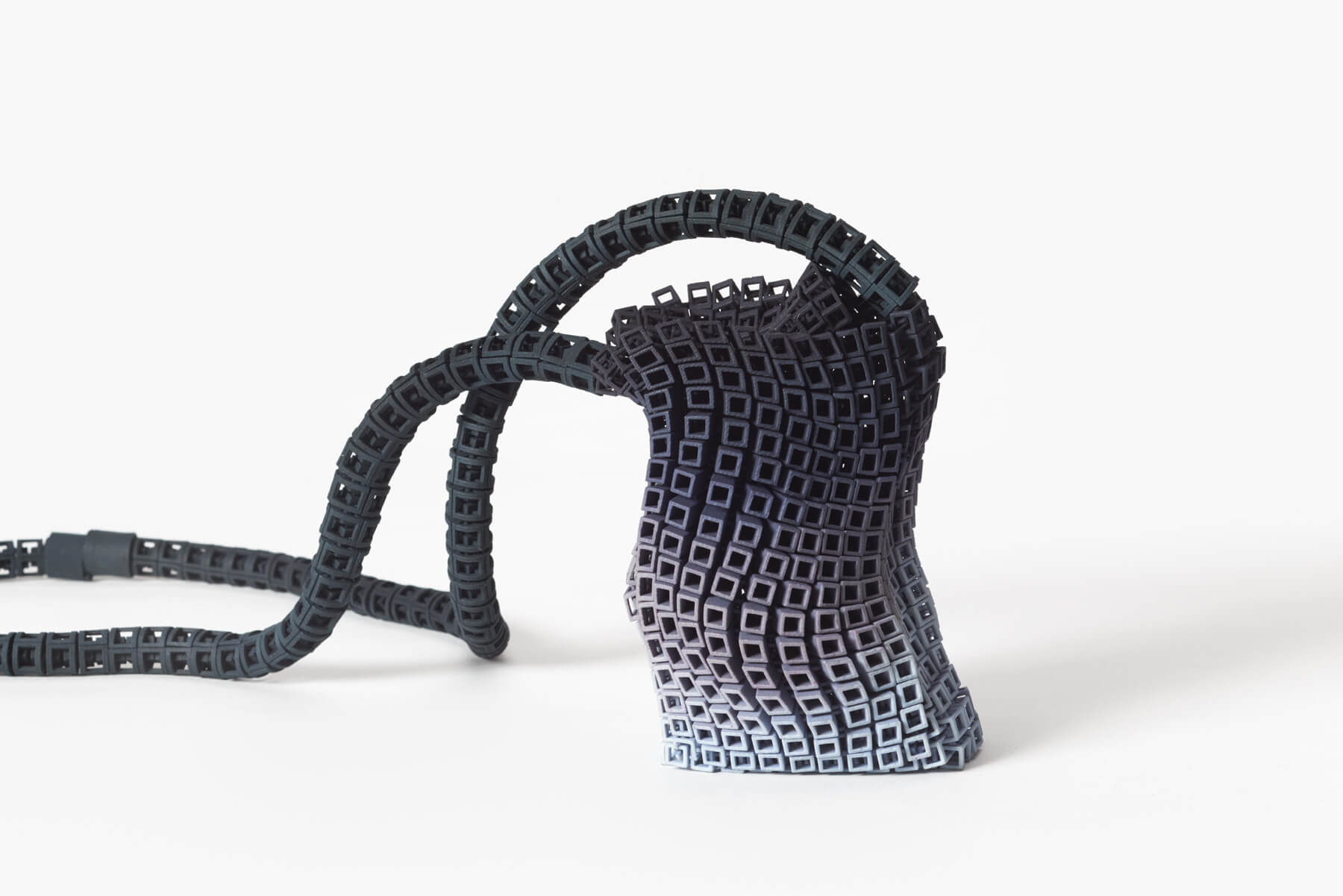
Bin Dixon-Ward, 2016, Containing Grid #2, nylon, ink, 90 x 70 x 600mm. Photo: Jeremy Dillon
Bin Dixon-Ward, an Australian based researcher presented her paper entitled ‘The Grid, From Colonial to Digital’, where she researched the role of digital technology in craft making. She was inspired by the grid forms of Melborne, Australia and her previous career as a town planner influenced her inspiration and the aesthetics of her designs. She optimised the use of laser sintered objects and how pieces can be linked together and printed without support structures. Her work is very architectural looking and light-weight. She hand dyes the pieces after printing to create vibrantly coloured pieces of work.
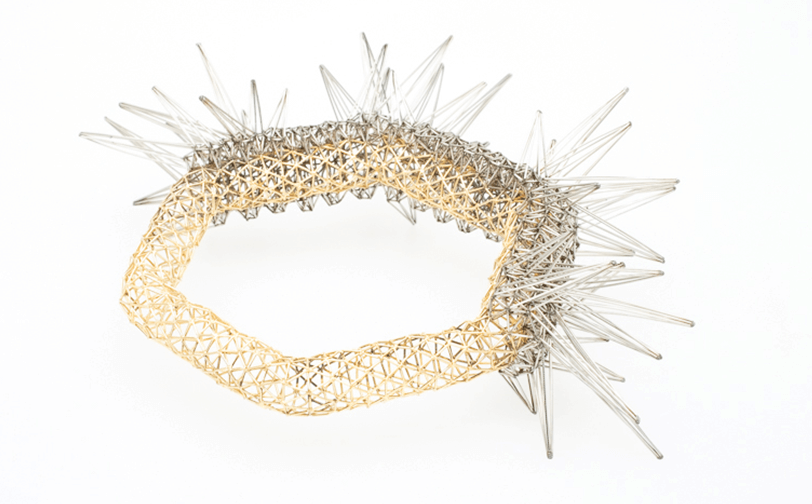
Karen-Ann Dicken, Structure Bracelet, 18ct Gold and Steel. Photo: Barrie Morton
Myself (Karen-Ann Dicken) and Dr Sandra Wilson from Duncan of Jordanstone College of Art, University of Dundee, presented our research into digital tool making. Looking at how as makers we can integrate digital technologies into hand craft through creating tooling using 3D printing and CNC milling. We spoke about how as makers we can make accurate and intricate pieces of work making tools such as press moulds, jigs, and formers through modern technologies but without losing the quality and soul of a handcrafted piece of jewellery or object.
The conference was a great success and prompted some brilliant discussion about the value of modern technologies for our practice as jewellers as well as how best to integrate this into our education system, workshops and industry. These are issues that will be developed further at the next Handmade by Machines Symposium in Dundee on 15th September 2018 – see website link for more details.
About the Contributing Writer
Karen-Ann Dicken is a Jewellery designer and Maker based in Arbroath Scotland. She studied her BA Honours Degree at Glasgow School of Art and then attended The Royal College of Art to gain her Master of Arts. Karen is currently researching for her PhD. at the University of Dundee and is Lecturer in jewellery at Gray’s School. Karen's specialist area is the integration of modern technologies with handcraft. She has exhibited internationally and won multiple awards for her work.
Author:
Published:

